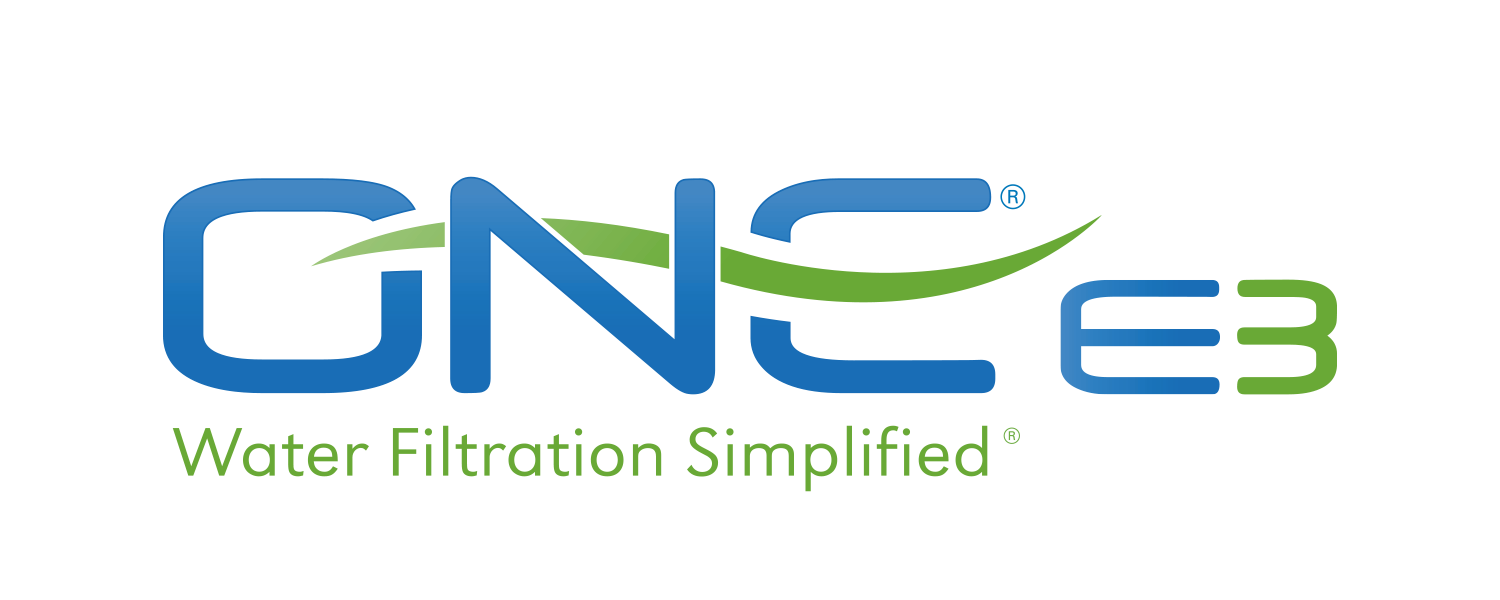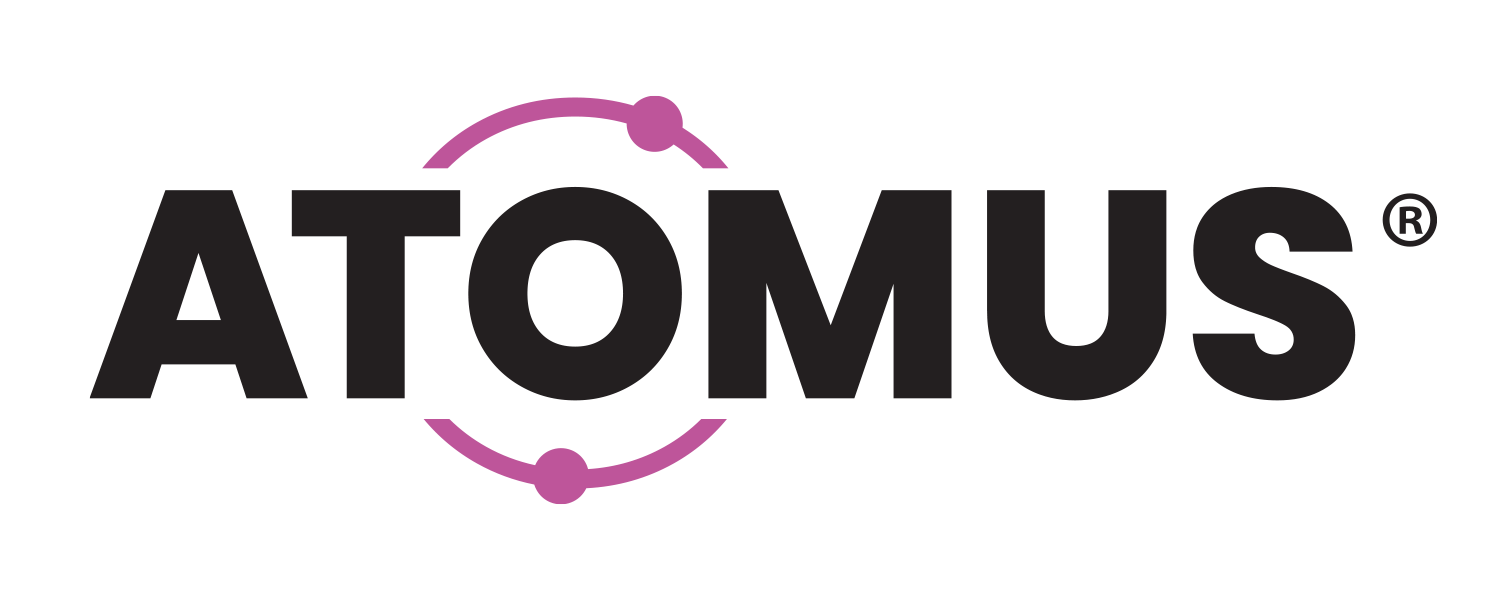The WQA lead fact sheet is filled with helpful information about lead contamination in water—including how lead gets into water, potential health effects, and how to treat water to remove lead.
We strongly suggest you check out his great resource. In the meantime, here are three answers to frequently asked questions about lead in drinking water from the WQA fact sheet:
How does lead get into water?
Lead can get into a home’s water a number of different ways, but the most common are leaching from lead service connections, lead solder in copper piping, or brass fixtures. The WQA notes:
“Studies indicate that nearly all the lead in users’ tap water does not come from the primary water source or from the municipal treatment plant, but is a result of corrosion of lead containing materials that contact water after leaving the treatment plant.”
What are potential health effects of lead in drinking water?
High doses of lead can have significant negative health effects, including damage to the brain, kidneys, bone marrow, nervous system and red blood cells. Children are at much greater health risk from lead poisoning—with potential health effects including decreased growth, reduced intelligence, and impaired hearing.
Perhaps the worst part of lead poisoning is you may not even know it’s happening. The WQA notes: “Often times, lead poisoning shows no symptoms. However, signs such as irritability, weight loss, vomiting, constipation, or stomach pain could occur.”
What type of treatments should you use to remove lead from water?
Because most lead in drinking water comes from service lines or the home plumbing system, Point-of-Use or Point-of-Entry (POU/POE) filtration systems are the best way to remove lead from water. But even after you install one of these systems, it is important to test you water to make sure it is getting the lead out.
The WQA notes: “Lead can exist in water in a broad array of forms, therefore, more than one type of technology may be needed for adequate removal. Soluble (or dissolved) lead may be removed by ion exchange, reverse osmosis, adsorption, or distillation. Insoluble (or particulate) lead may be removed by fine filtration and adsorption, reverse osmosis, or distillation.”
To learn more about lead in drinking water (including EPA goals and regulations), view or download the WQA Lead Fact Sheet now.


